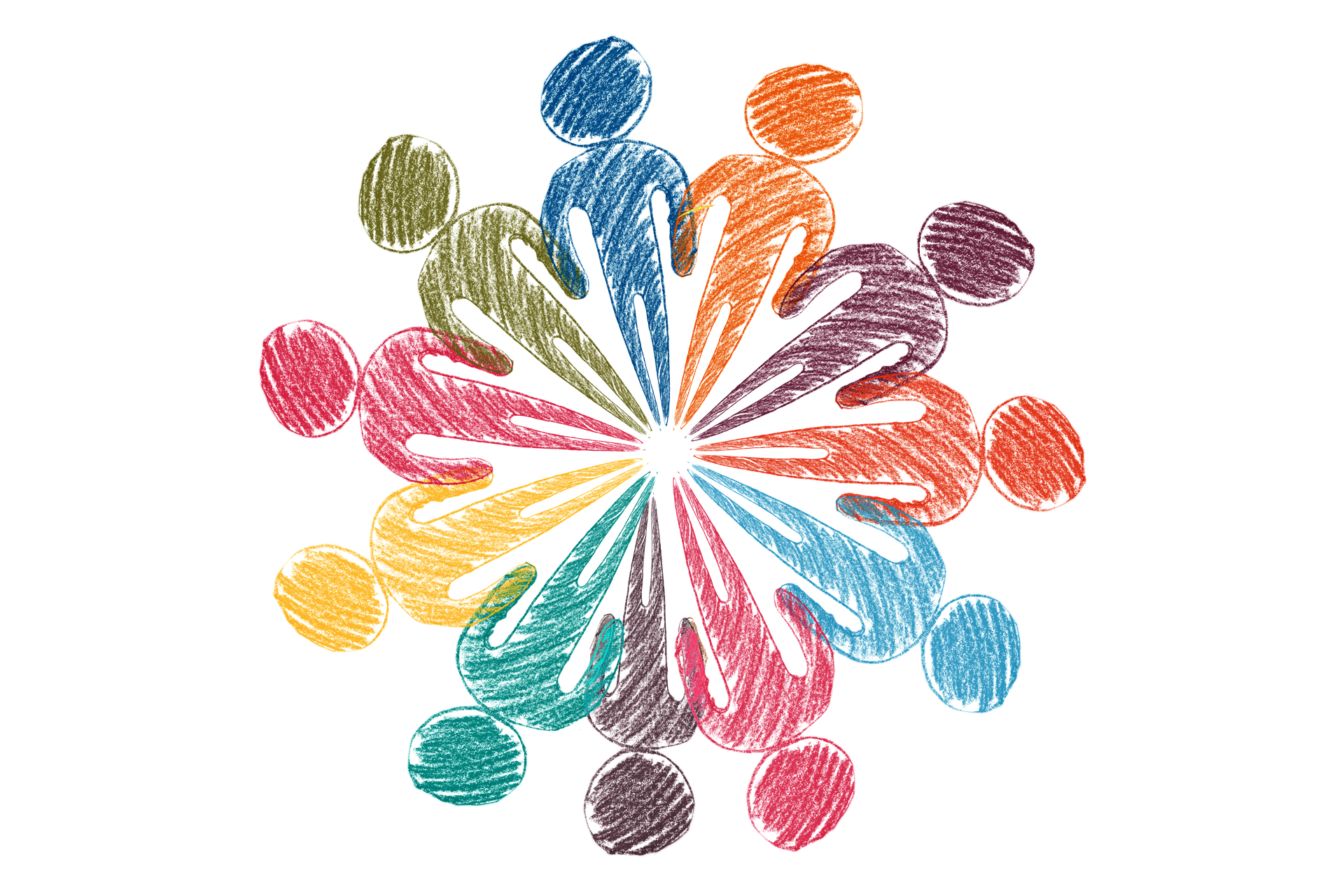Study: Popular Students Are Not Always Well-liked
Middle school students generally liked classmates who were high-achieving academically, helpful, kind, and cooperative. On the other hand, the classmates they considered most popular were sometimes seen as mean and aggressive.

Being popular in middle school isn’t the same thing as being well-liked.
A new study from researchers at the University of Missouri and the University of Michigan found that middle school students generally liked classmates who were high-achieving academically, helpful, kind, and cooperative. On the other hand, the classmates they considered most popular were sometimes seen as mean and aggressive.
The study’s results echo the classic film Mean Girls, in which Rachel McAdams’ character Regina George is the most popular but far from the most beloved student in high school, says Nicole Brass, the study’s lead author and a post-doctoral fellow in the MU College of Education and Human Development. “Regina George was mean and aggressive. Whereas kids that you actually want to spend time with are the ones who try hard in school, they're nice to you. They're not aggressive,” Brass says.
Beyond serving as an endorsement of screenwriter Tina Fey’s insight into the adolescent psyche, the study, which was published in Developmental Psychology, has implications for educators who want to understand their students’ experiences and learn how to highlight prosocial behaviors.
Studying Popularity
For the study, Brass worked with colleagues at the University of Michigan to survey more than 500 middle school students about who they thought were the most well-liked among their classmates and who they thought were the most popular. The students were also asked about what behaviors made their classmates well-liked or popular.
About half of the students were together as classmates at the same school since kindergarten, while the other half attended a new middle school after going to kindergarten elsewhere.
The two groups of students liked the same type of classmate. “The kids that they say that they like a lot, they're consistently nice, they try hard at school, they're not aggressive,” Brass says.
Tools and ideas to transform education. Sign up below.
However, when it came to the kids perceived as popular, there was a marked difference between the two groups. Those students who had been together since kindergarten reported the most popular students were also prosocial, while the students who attended a new middle school reported the most popular students tended to be mean and aggressive. This suggests that antisocial behavior can result in popularity in the short term before students get to know one another well.
Peer Influence
The research was inspired by Brass’ desire to better understand peer dynamics among adolescents. “We often think about how friends matter a lot, but there's this whole other dimension of popularity and who we like and know,” Brass says. “It really was born of wanting to understand this more, and to see if we can try to channel some of these influences in positive ways for coaches, teachers, educators, and anybody who works with adolescents.”
Brass’ research is part of a larger effort at the Prosocial Development & Education Research Lab at the University of Missouri, which conducts research on how adults can help children become prosocial. The lab also works directly with middle school educators to help them implement prosocial strategies at their schools.
The role of social media plays in who is popular and who is well-liked was not studied in this recent research, but it’s an area that Brass hopes to examine in the future, and which she believes has been particularly important in the pandemic. “Social media, we call it the ‘super-peer,’ in that it's a summary of all of your peers' opinions of you that you kind of constantly have access to,” she says. “I think as researchers we're just starting to understand how social media plays into these things. And that will definitely be an important direction moving forward.”
Prosocial Strategies You Can Implement
Past research provides evidence for several techniques that work well to promote prosocial behavior, Brass says. She advises:
- Explicitly praising students when they exhibit prosocial behavior
- Making sure discipline encounters are teaching moments and not shaming or controlling moments
- Being mindful of how you seat kids as seating arrangements can impact who students become friends with
- Giving students opportunities to get to know one another and be prosocial, including by facilitating cooperative activities requiring students to work toward a common goal.
“When we think about adolescence, we often think about acne and awkwardness,” says Brass. “So if we can give kids and teachers tools to try to make it even a little bit better, that would be good.”
Further reading
Erik Ofgang is a Tech & Learning contributor. A journalist, author and educator, his work has appeared in The New York Times, the Washington Post, the Smithsonian, The Atlantic, and Associated Press. He currently teaches at Western Connecticut State University’s MFA program. While a staff writer at Connecticut Magazine he won a Society of Professional Journalism Award for his education reporting. He is interested in how humans learn and how technology can make that more effective.

